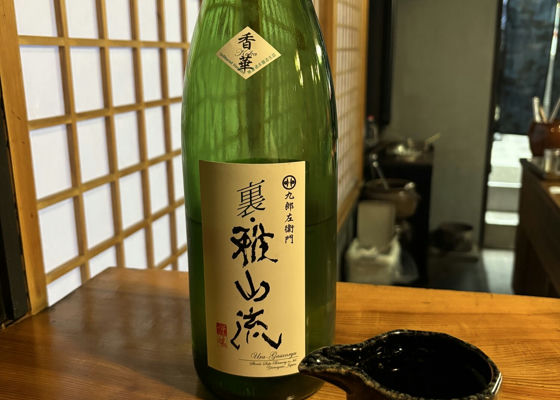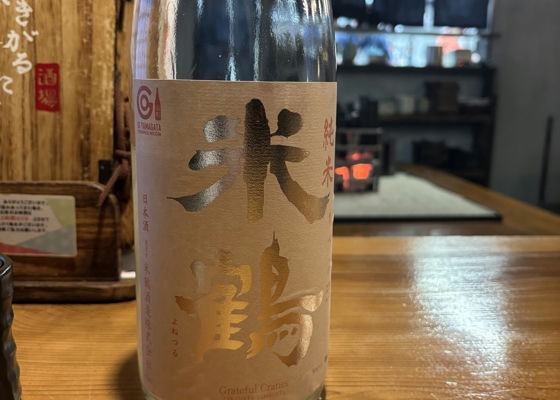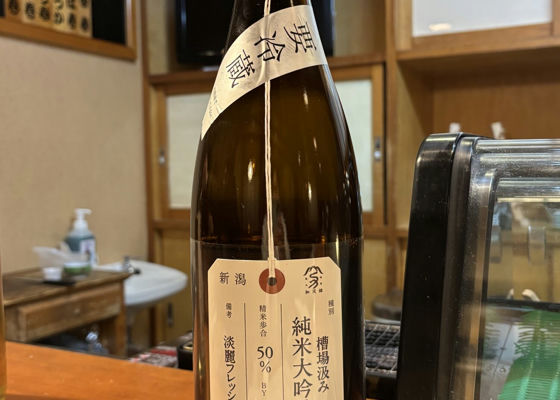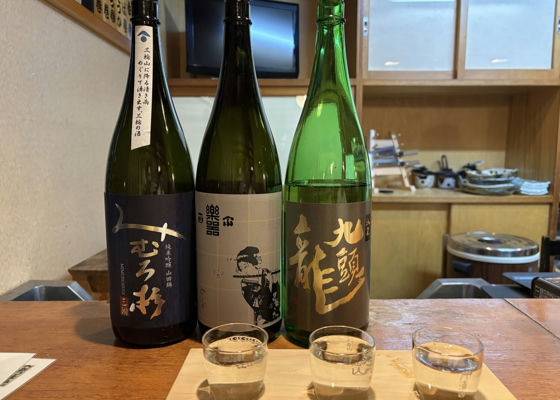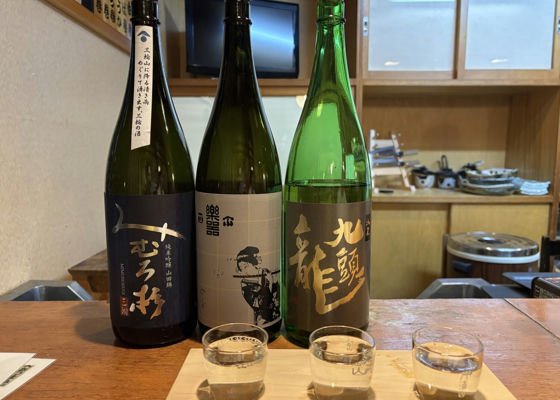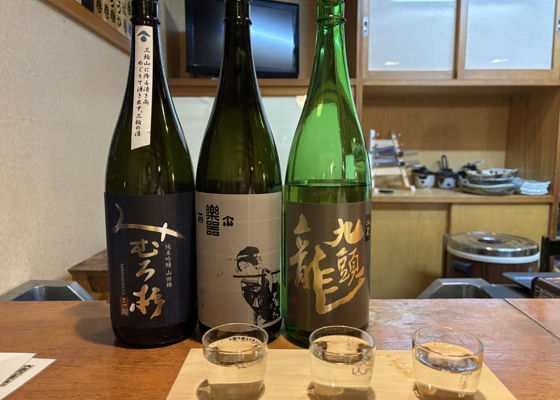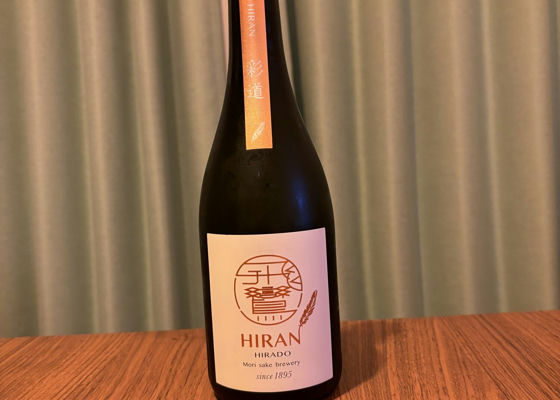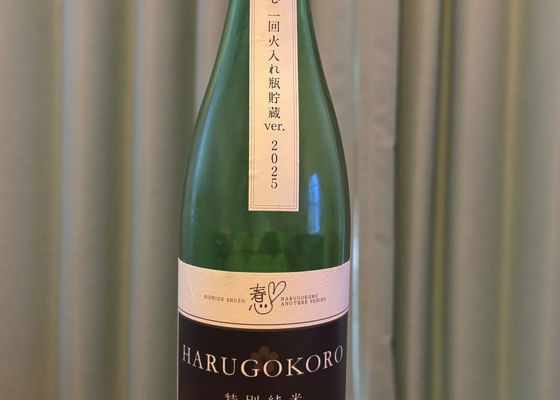
さんちゃん
Polishing ratio: 60
Rice used: Ishikawa Shu 68 rice
Alcohol content: 15%.
Yeast used:Kurage yeast
Calm aroma and taste.
You can feel the umami of rice.
Cold sake is good, but it can also be warmed up a little and served in a wide range of temperatures.
Japanese>English
